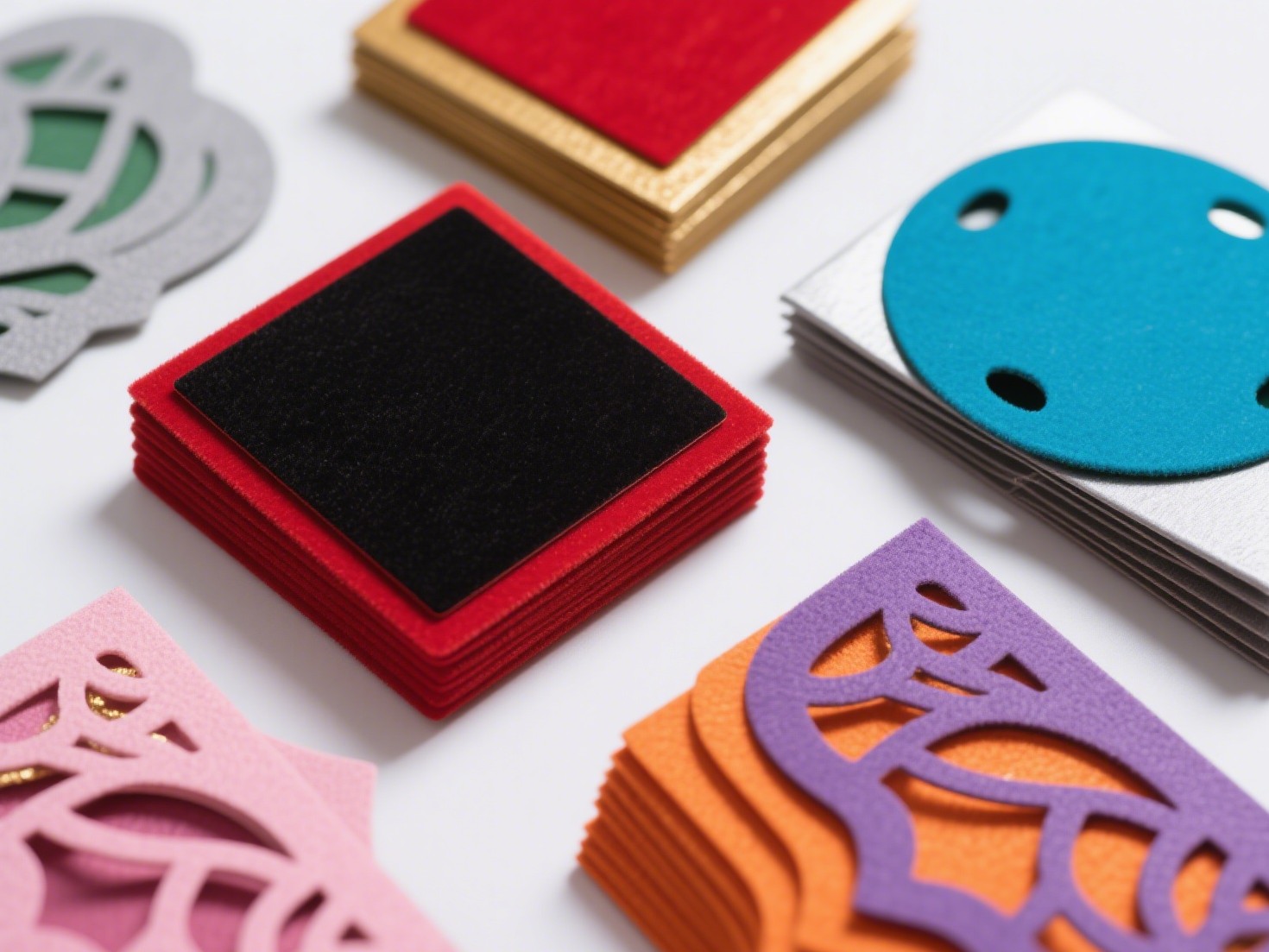When it comes to outdoor activities, the right footwear can make all the difference. Whether you're strolling through a city park or tackling rugged mountain trails, having the best shoes for walking and hiking is essential for comfort, support, and safety. In this comprehensive guide, we will explore the key features to look for in walking and hiking shoes, recommend top models, and provide tips to ensure your feet are well-equipped for any adventure.
Understanding the Terrain: Walking vs. Hiking Shoes
Before diving into specific shoe recommendations, it's crucial to understand the difference between walking and hiking shoes. Walking shoes are typically designed for flat, paved surfaces and prioritize comfort and breathability. They often feature lightweight materials and cushioning to absorb impact during long walks. On the other hand, hiking shoes are built for rugged terrain and provide additional support, traction, and durability. They often come with reinforced toe caps, waterproof materials, and aggressive outsoles for better grip on uneven surfaces.
Key Features to Consider
- Fit and Comfort: The most critical factor in choosing shoes for walking and hiking is fit. Shoes that are too tight can cause blisters, while those that are too loose can lead to instability. Look for shoes that offer a snug fit without pinching, and consider trying them on with the socks you plan to wear during your activities.
- Cushioning and Support: Adequate cushioning is vital for absorbing shock, especially during long walks or hikes. Look for shoes with EVA (ethylene-vinyl acetate) midsoles, which provide excellent cushioning and flexibility. Additionally, arch support is crucial for maintaining foot health, particularly for those with flat feet or high arches.
- Traction and Outsole: The outsole of the shoe is responsible for grip and stability. For walking shoes, a rubber outsole with a smooth tread pattern is sufficient. However, hiking shoes should have a more aggressive tread design, often featuring lugs that provide traction on slippery or uneven surfaces. Vibram outsoles are a popular choice among hikers for their durability and grip.
- Water Resistance: Depending on your hiking environment, water resistance may be a significant factor. Look for shoes with waterproof membranes, such as Gore-Tex, which keep your feet dry while allowing moisture to escape. For walking shoes, breathable materials are essential to prevent overheating.
- Weight: Lightweight shoes can enhance your performance and reduce fatigue, especially during long hikes. However, ensure that the lightweight design does not compromise support and durability.
Top Recommendations for Walking and Hiking Shoes
Best Walking Shoes
- New Balance 990v5: Renowned for its exceptional cushioning and support, the 990v5 features a breathable mesh upper and a durable rubber outsole, making it ideal for long walks on various surfaces.
- Asics Gel-Nimbus 24: This shoe offers superior shock absorption with its Gel technology and FlyteFoam midsole. It’s perfect for those who prioritize comfort during extended walking sessions.
Best Hiking Shoes
- Salomon X Ultra 3 GTX: This shoe combines lightweight construction with robust support and waterproof protection. Its Contagrip outsole provides excellent traction on various terrains, making it a favorite among hikers.
- Merrell Moab 2 Ventilator: Known for its comfort and breathability, the Moab 2 features a Vibram outsole for traction and a cushioned footbed for support. It’s an excellent choice for day hikes and casual walks.
- Columbia Redmond Waterproof: This versatile hiking shoe offers a balance of comfort and durability. Its waterproof construction and Omni-Grip outsole make it suitable for wet and dry conditions alike.
Tips for Maintaining Your Walking and Hiking Shoes
To ensure the longevity of your footwear, consider the following maintenance tips:
- Clean Regularly: Remove dirt and debris after each use. For hiking shoes, a soft brush and mild soap can help maintain the material's integrity.
- Dry Properly: Avoid direct heat sources when drying your shoes. Instead, let them air dry at room temperature to prevent damage to the materials.
- Rotate Your Shoes: If you walk or hike frequently, consider having multiple pairs. Rotating your shoes allows them to recover and prolongs their lifespan.
Conclusion
Choosing the best shoes for walking and hiking is a crucial step in ensuring a comfortable and enjoyable experience outdoors. By understanding the differences between walking and hiking shoes, considering essential features, and selecting the right models, you can set yourself up for success on any adventure. Remember to prioritize fit, support, and traction, and don’t forget to maintain your footwear for long-lasting performance. With the right shoes, every step you take can lead to new discoveries and unforgettable experiences. Happy hiking!

